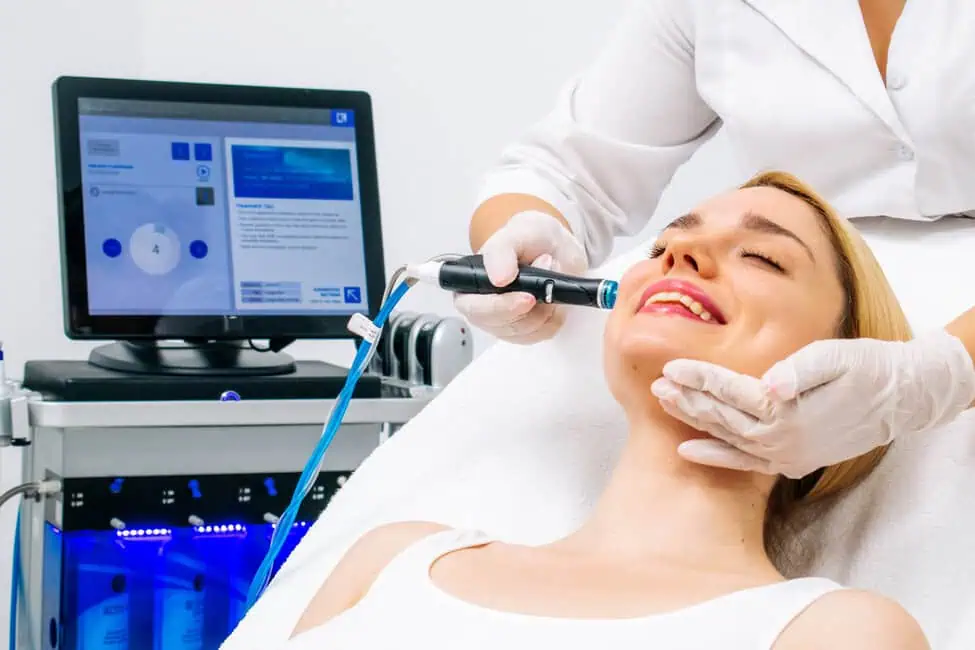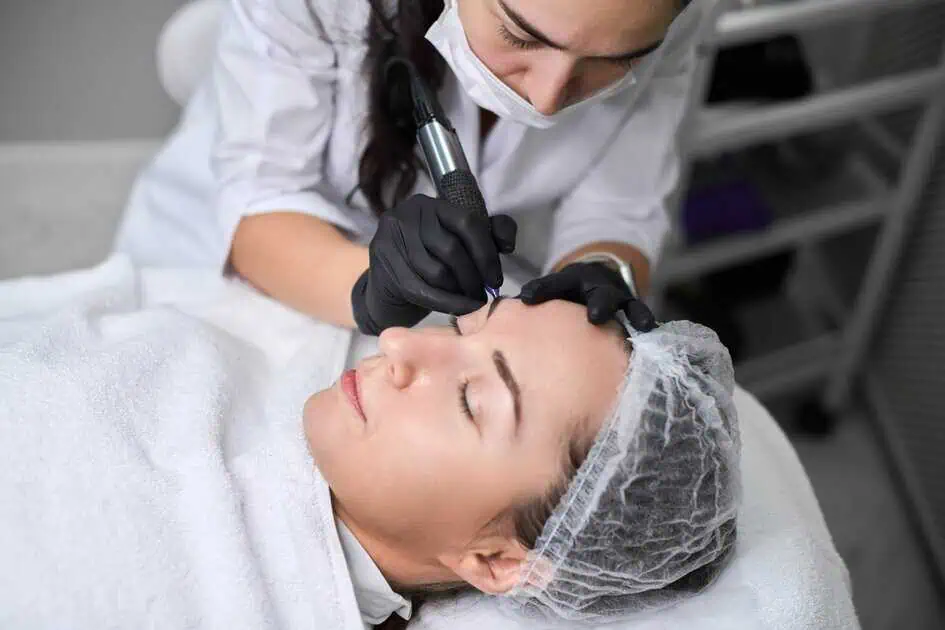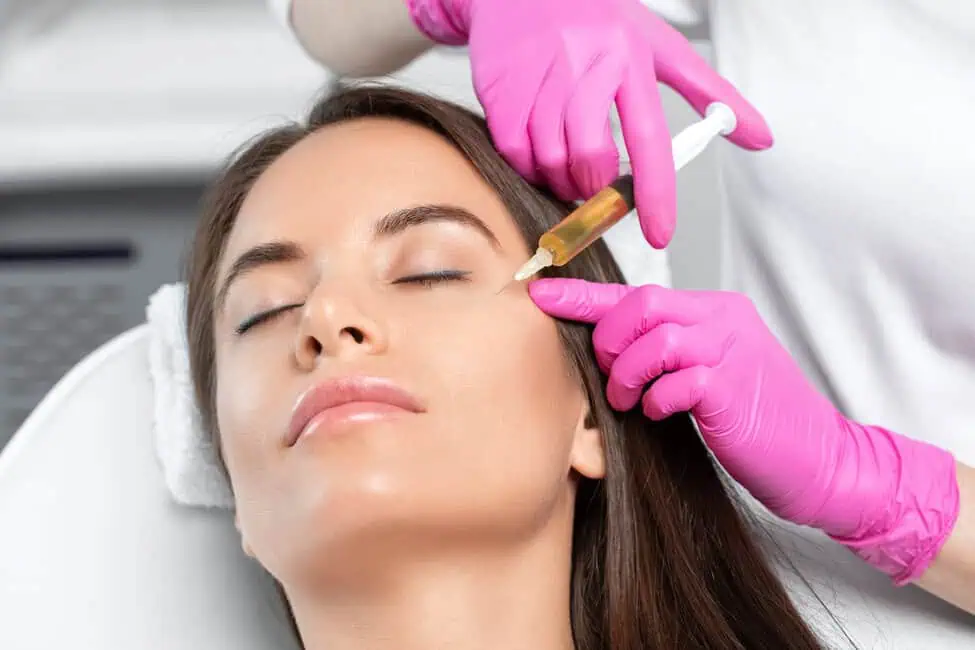Skin tags are common yet often misunderstood growths that can appear on various body parts. While generally harmless, they may cause discomfort or become a cosmetic concern for many individuals. The search for safe and effective removal methods has led to the development of advanced skin tag removal technologies, such as Hyfrecator. This innovative approach offers a precise and efficient solution for clear skin, setting a new standard in skincare treatment.
Understanding Skin Tags
Skin tags, or acrochordons, are small benign growths that often form in areas where the skin folds or creases. Unlike other skin conditions, they appear soft, flesh-colored, or slightly darker protrusions hanging from the skin by a thin stalk. Their exact cause is not fully understood, but they are believed to develop due to friction between skin surfaces. Obesity, hormonal changes, genetics, and certain medical conditions may contribute to their formation.
Commonly found in areas like the neck, armpits, groin, eyelids, and under the breasts, skin tags are generally harmless and non-cancerous. However, they can become irritated or infected if repeatedly rubbed or scratched. In some cases, they may even signal an underlying health condition that requires medical attention.
Many people mistakenly associate skin tags with warts or other skin issues, leading to misconceptions and myths. It’s essential to recognize that skin tags are unique and usually require no treatment unless they cause discomfort or are aesthetically displeasing. A healthcare provider can generally diagnose a skin tag through a visual examination. If there’s any doubt or concern about the nature of the growth, a biopsy may be performed.
Hyfrecator Technology for Skin Tag Removal
The Hyfrecator is an electrosurgical device that uses electric currents to desiccate (dry out) and coagulate (clot) tissue. It’s a versatile tool used in various medical procedures, including removing skin tags, warts, moles, and other benign growths.
How Does It Work?
The Hyfrecator sends a controlled, high-frequency electrical charge to the targeted area. This charge generates heat, breaking down the proteins within the tissue, causing it to wither and eventually fall off.
Key Components:
- Handheld Device: The Hyfrecator’s handheld device is equipped with a fine-tip probe for precise application.
- Control Panel: The device features adjustable settings, enabling healthcare providers to control the intensity and duration of the electrical current.
- Electrodes: Depending on the specific procedure, different types of electrodes can be attached to the device, allowing for customization and adaptability.
Benefits of Hyfrecator Technology
The Hyfrecator technology offers several advantages over traditional removal methods:
- Precision: The fine-tip probe and adjustable settings enable targeted treatment, minimizing damage to surrounding healthy tissue.
- Safety: The controlled nature of the electrical current reduces risks such as infection, bleeding, and scarring.
- Efficiency: The Hyfrecator can treat multiple growths in a single session, making it a time-saving option.
- Versatility: Beyond skin tag removal, the Hyfrecator is used in various medical fields, including ophthalmology, gynecology, and dentistry.
Hyfrecator Procedure
The Hyfrecator procedure is a safe, efficient, and minimally invasive method for removing unwanted growths. Its precision and adaptability make it a preferred choice for many healthcare providers.
Pre-Procedure Preparation
Before the procedure, the healthcare provider will assess the patient’s medical history and the specific growths to be treated. This assessment helps determine if the Hyfrecator is the appropriate removal method.
- Consultation: Understanding the patient’s expectations and explaining the procedure, risks, and benefits.
- Cleaning: The targeted area is cleaned with an antiseptic solution to minimize the risk of infection.
- Numbing: A topical anesthetic may be applied to minimize discomfort during the procedure.
The Procedure
The Hyfrecator procedure is typically performed in an outpatient setting and involves the following steps:
- Setting Adjustment: The healthcare provider selects the appropriate settings on the Hyfrecator device, adjusting the intensity and duration of the electrical current based on the specific condition being treated.
- Electrode Selection: Different types of electrodes can be attached to the device, depending on the size and location of the growth. The provider chooses the most suitable one.
- Application: The provider uses the handheld device with a fine-tip probe to apply the controlled electrical current to the growth base. The current generates heat, causing the proteins within the tissue to break down.
- Treatment Time: Each growth typically takes just a few minutes to treat. Multiple growths can be addressed in a single session.
- Observation: The provider may observe the treated area for a few moments to ensure that the growth has been adequately addressed and that there are no immediate complications.
Post-Procedure Care
After the procedure, patients are usually provided with specific aftercare instructions to ensure proper healing:
- Wound Care: Keeping the treated area clean and dry is essential. The provider may recommend a particular ointment or dressing.
- Avoiding Irritation: Patients are often advised to avoid unnecessary friction or rubbing of the treated area.
- Monitoring: Watching for signs of infection or other complications and reporting any concerns to the healthcare provider.
- Follow-Up: A follow-up appointment may be scheduled to assess healing and address any remaining concerns or additional treatments.
Who’s A Good Candidate?
Most individuals looking to remove unwanted growths may consider Hyfrecator treatment, known for its non-invasive nature and controlled application. However, its suitability varies based on several factors. The type of growth is crucial; benign growths are ideal candidates, while suspicious ones may require a different method. Skin sensitivity, underlying health conditions, or specific medications might also influence the decision, necessitating a discussion with a healthcare provider to assess potential risks and alternatives.
Finally, aligning the procedure with the patient’s expectations ensures that the Hyfrecator treatment meets their desired outcomes and adheres to safety and effectiveness tailored to their unique situation. The individualized approach emphasizes the importance of professional consultation in determining the appropriateness of this innovative procedure.
Takeaway
Ready to embrace clear, rejuvenated skin? At Odomí Medical Spa, our expert team is dedicated to providing personalized care using the latest Hyfrecator technology. Whether it’s skin tags, warts, or other benign growths, we’ll help you determine the best treatment for your unique needs. Don’t let unwanted growths hold you back; contact or book an appointment with our medical professionals today and take the first step towards the beautiful skin you deserve.




